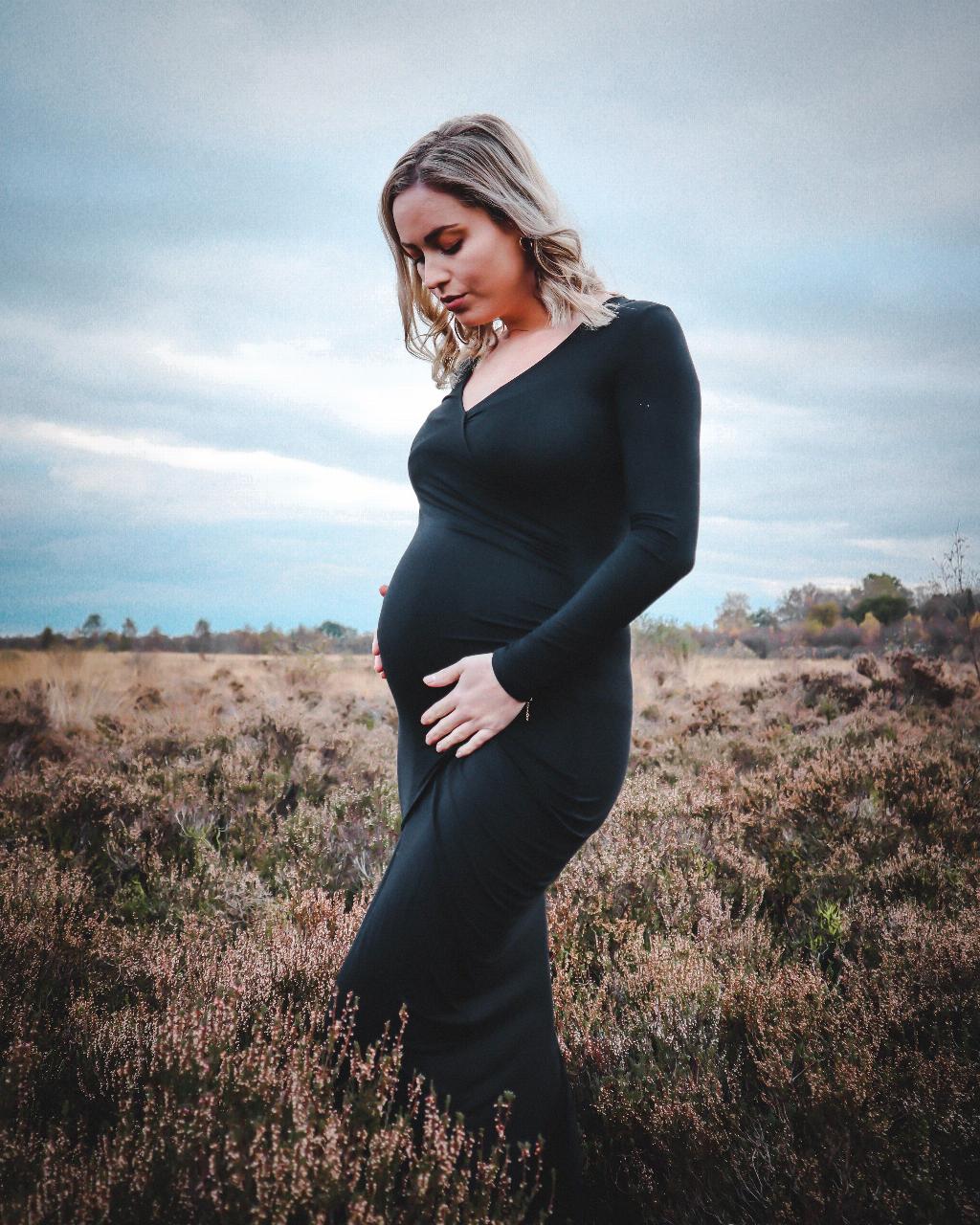During pregnancy, many women experience various skin conditions that can cause discomfort and concern. Two common conditions that may occur are PUPPP (Pruritic Urticarial Papules and Plaques of Pregnancy) and Prurigo of pregnancy. Understanding the key differences between these two conditions can help pregnant individuals navigate their symptoms effectively.
PUPPP: A Closer Look
PUPPP rash typically manifests on areas of the skin that undergo significant stretching during pregnancy, such as the abdomen, buttocks, and thighs. This condition is most frequently diagnosed in the later stages of pregnancy, often appearing in the third trimester.
Prurigo of Pregnancy: Exploring the Condition
On the other hand, Prurigo of pregnancy can develop anywhere on the body, presenting as itchy, bumpy lesions that can be quite uncomfortable for the expecting individual. Unlike PUPPP, the onset of Prurigo of pregnancy may occur earlier in the pregnancy.
Locations of Symptoms
While PUPPP rash tends to concentrate on specific areas like the abdomen, buttocks, and thighs, Prurigo of pregnancy can appear more dispersed across the body. This distinction in the distribution of symptoms can help healthcare providers differentiate between the two conditions.
Timing and Occurrence
Another critical difference lies in the timing of the conditions. PUPPP rash often emerges in the final months of pregnancy, while Prurigo of pregnancy can surface earlier on, sometimes even in the first or second trimester. Understanding when these conditions typically occur can aid in proper diagnosis and management.
Skin Lesions Characteristics
The characteristics of the skin lesions associated with PUPPP and Prurigo of pregnancy also differ. PUPPP rash typically presents as raised red bumps with surrounding patches of inflamed skin, while Prurigo of pregnancy lesions are described as itchy papules or nodules that can vary in size and shape.
Risk to the Fetus
Fortunately, both PUPPP and Prurigo of pregnancy do not pose any direct risk to the fetus. While uncomfortable for the expectant mother, these conditions are generally benign and do not impact the health of the developing baby.
Management and Treatment
Managing the symptoms of PUPPP and Prurigo of pregnancy often involves topical treatments to alleviate itching and discomfort. Moisturizing the skin, using gentle cleansers, and avoiding scratching can help minimize symptoms. In some cases, healthcare providers may recommend oral medications for severe cases.
Consulting a Healthcare Provider
If you suspect you may have PUPPP or Prurigo of pregnancy, it is essential to consult your healthcare provider for an accurate diagnosis and appropriate management plan. Your provider can offer personalized recommendations based on the severity of your symptoms and overall health.
Monitoring and Follow-Up
Regular monitoring and follow-up with your healthcare provider are crucial for tracking the progression of PUPPP or Prurigo of pregnancy. Keeping open communication with your provider can ensure that any changes in your symptoms are promptly addressed and managed effectively.
Conclusion
In conclusion, while both PUPPP and Prurigo of pregnancy can cause discomfort and itching during pregnancy, understanding the key differences in their presentation, timing, and symptoms is essential for proper diagnosis and management. By staying informed and seeking appropriate medical guidance, pregnant individuals can navigate these skin conditions with greater ease and comfort.

